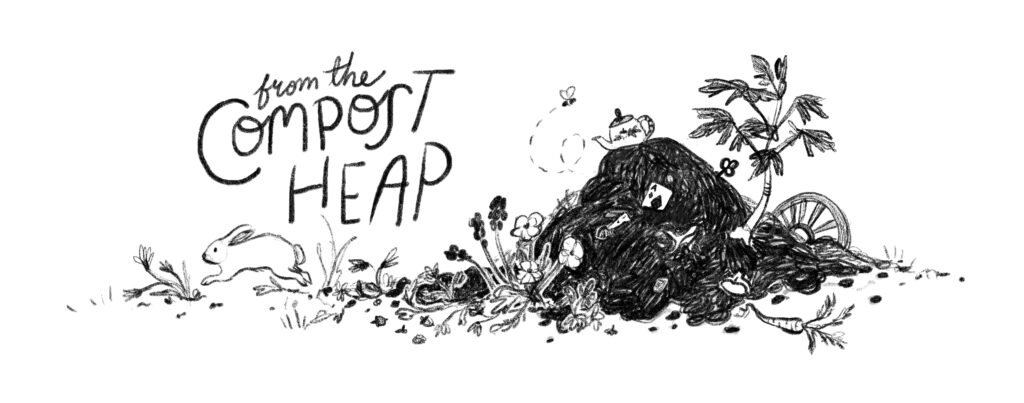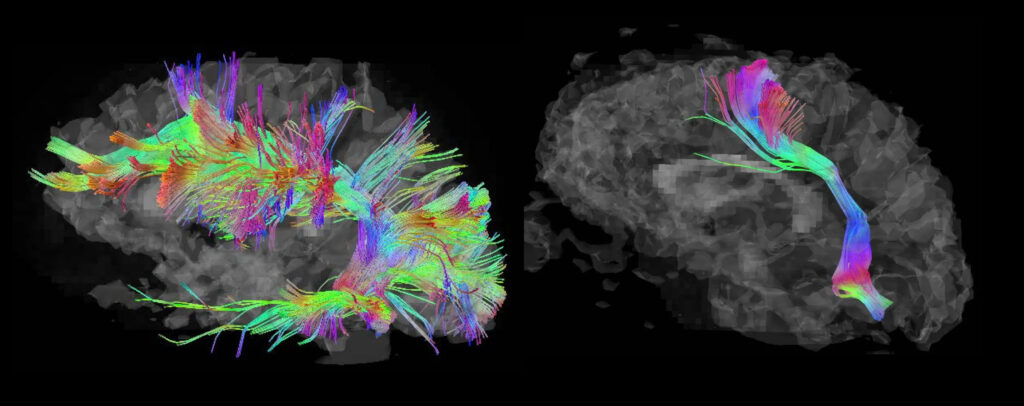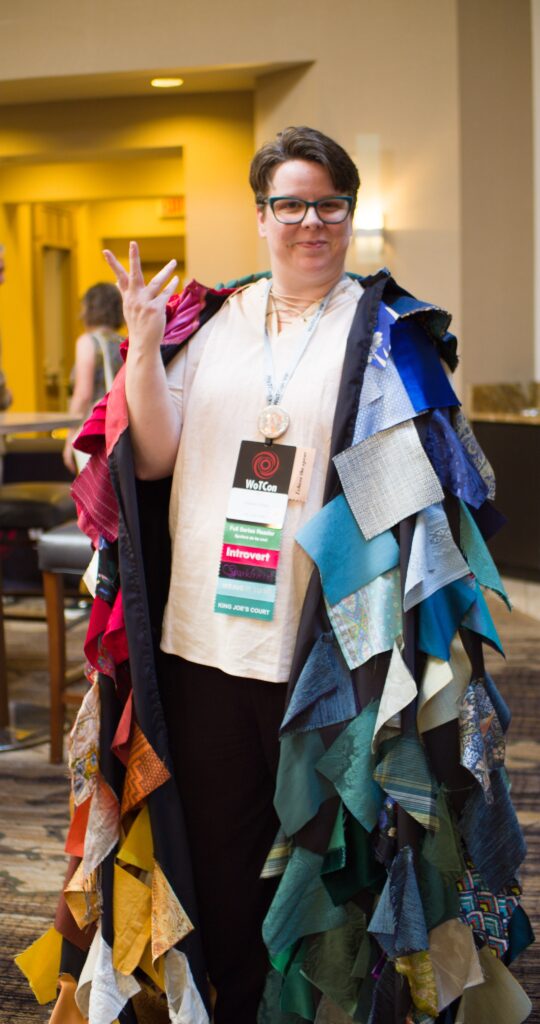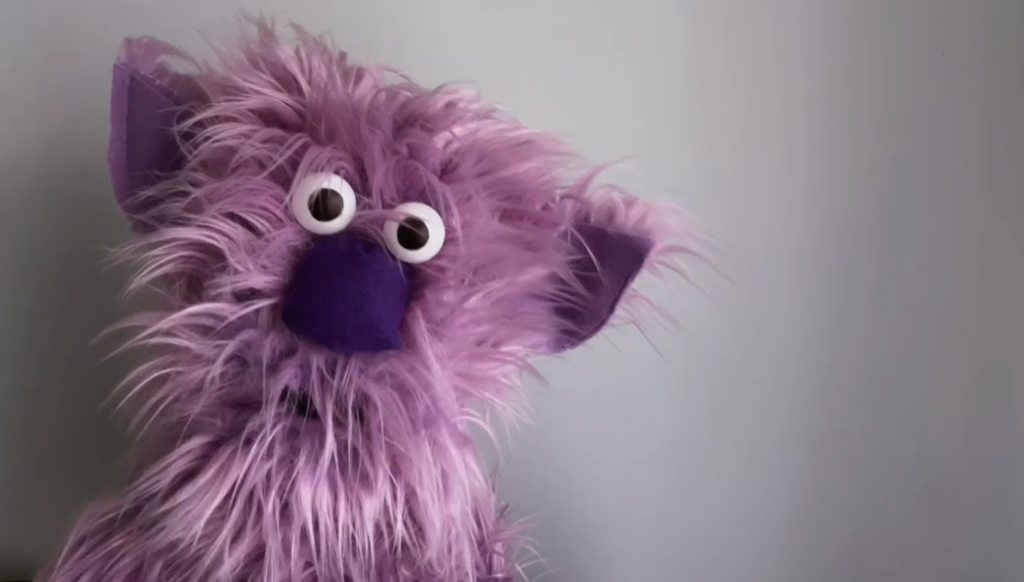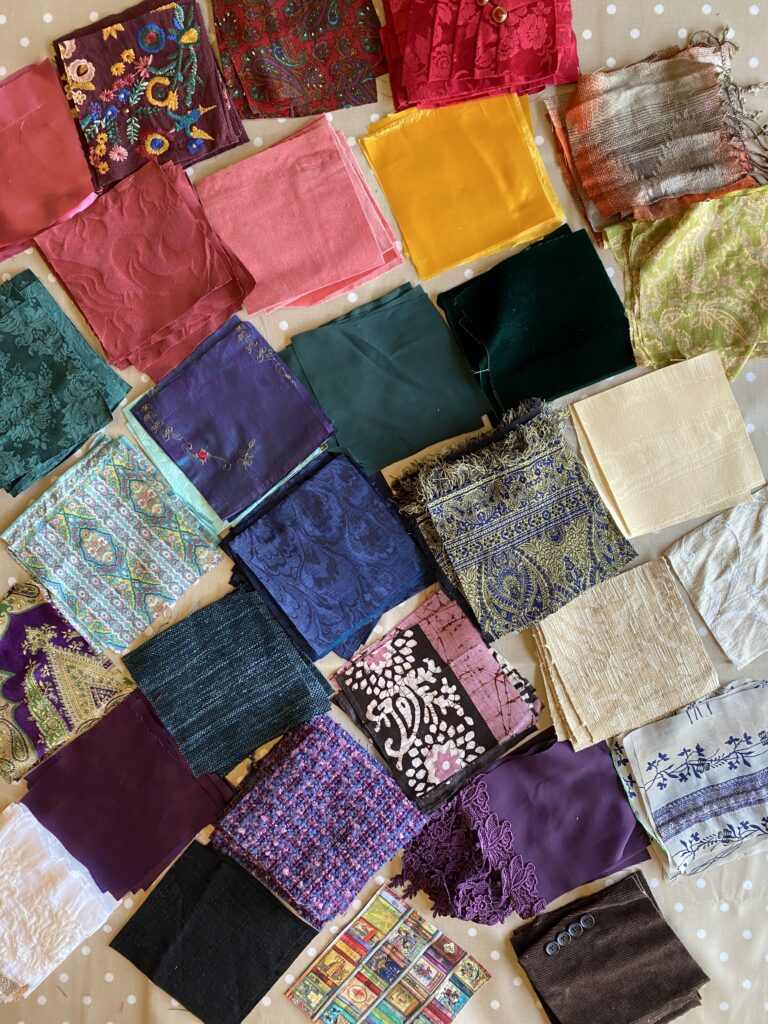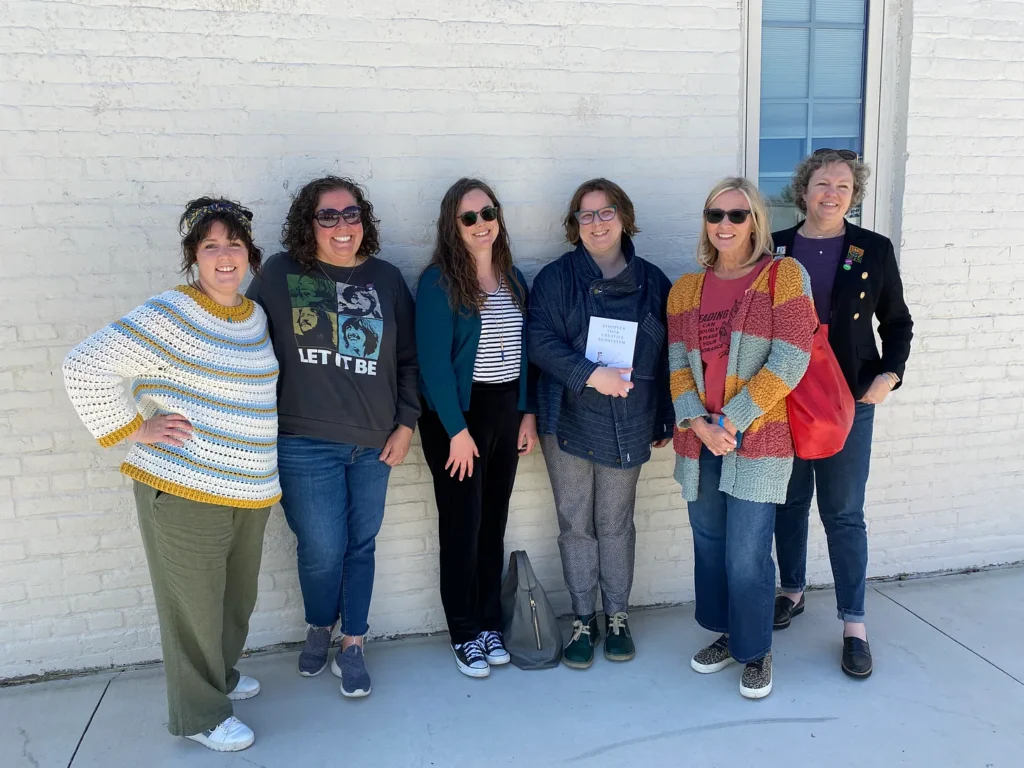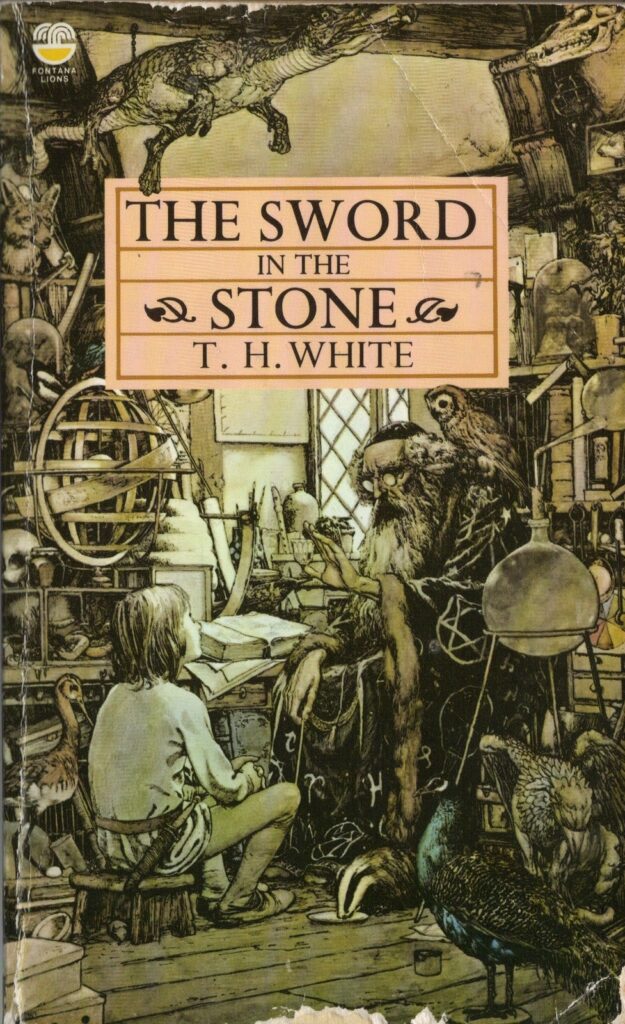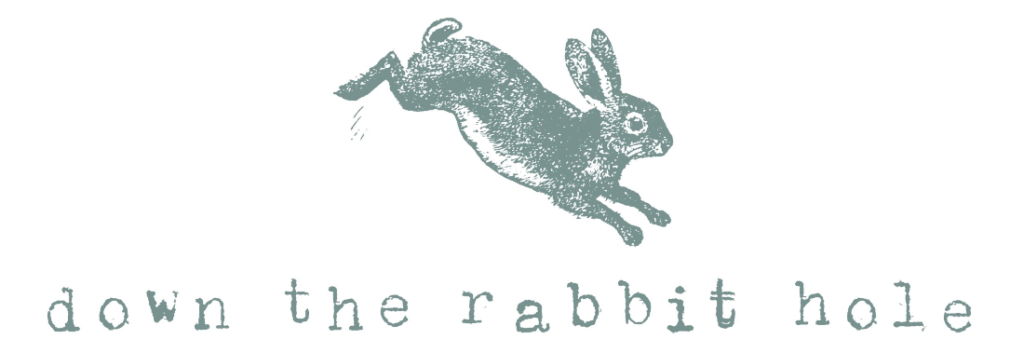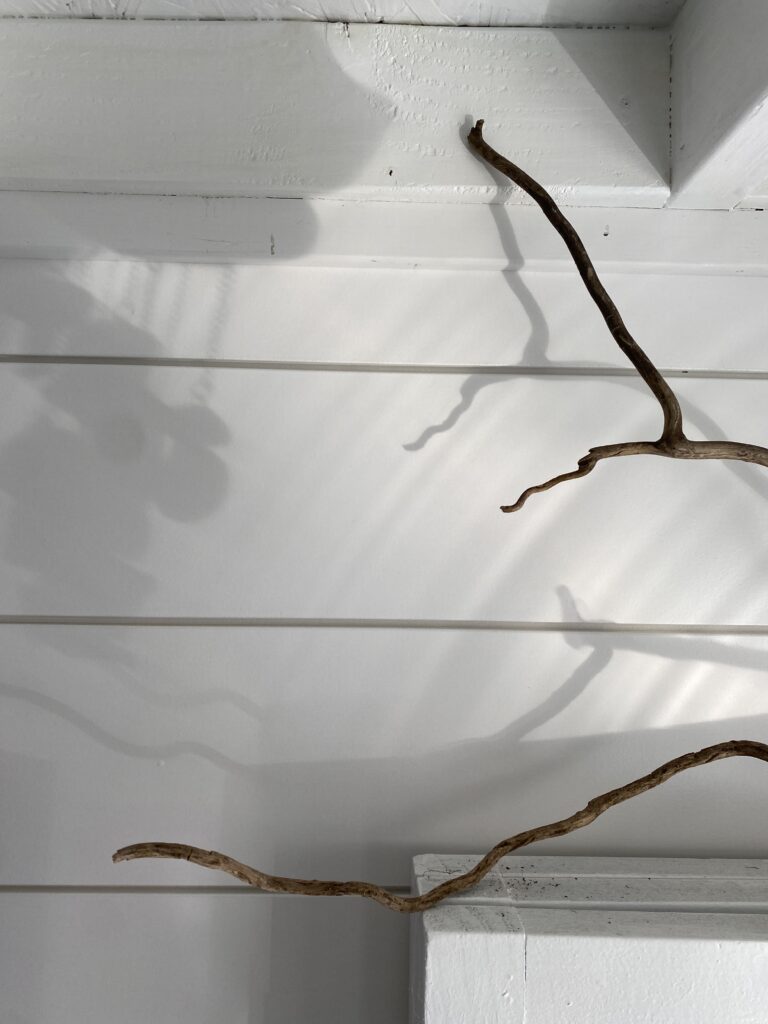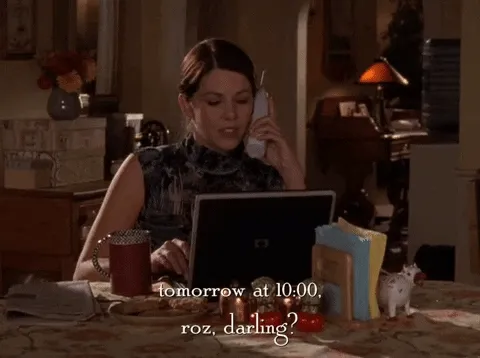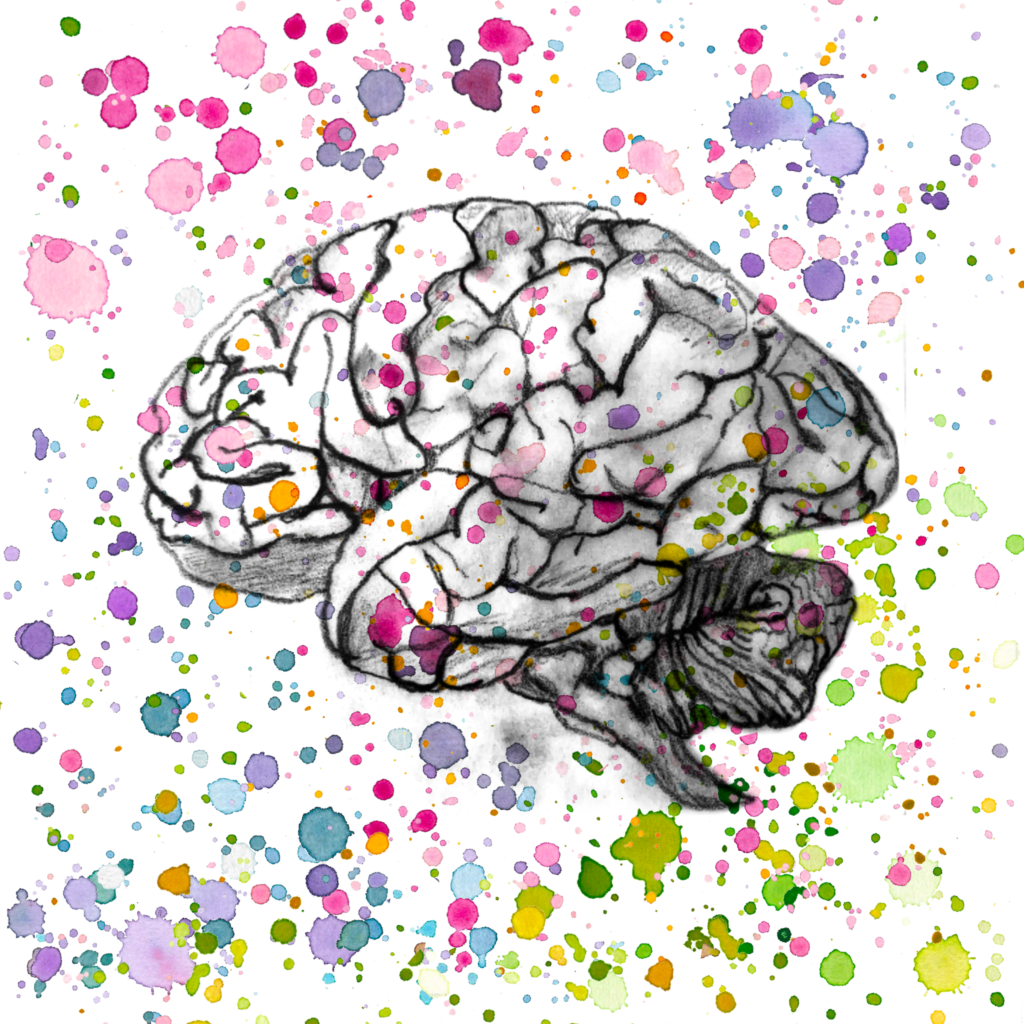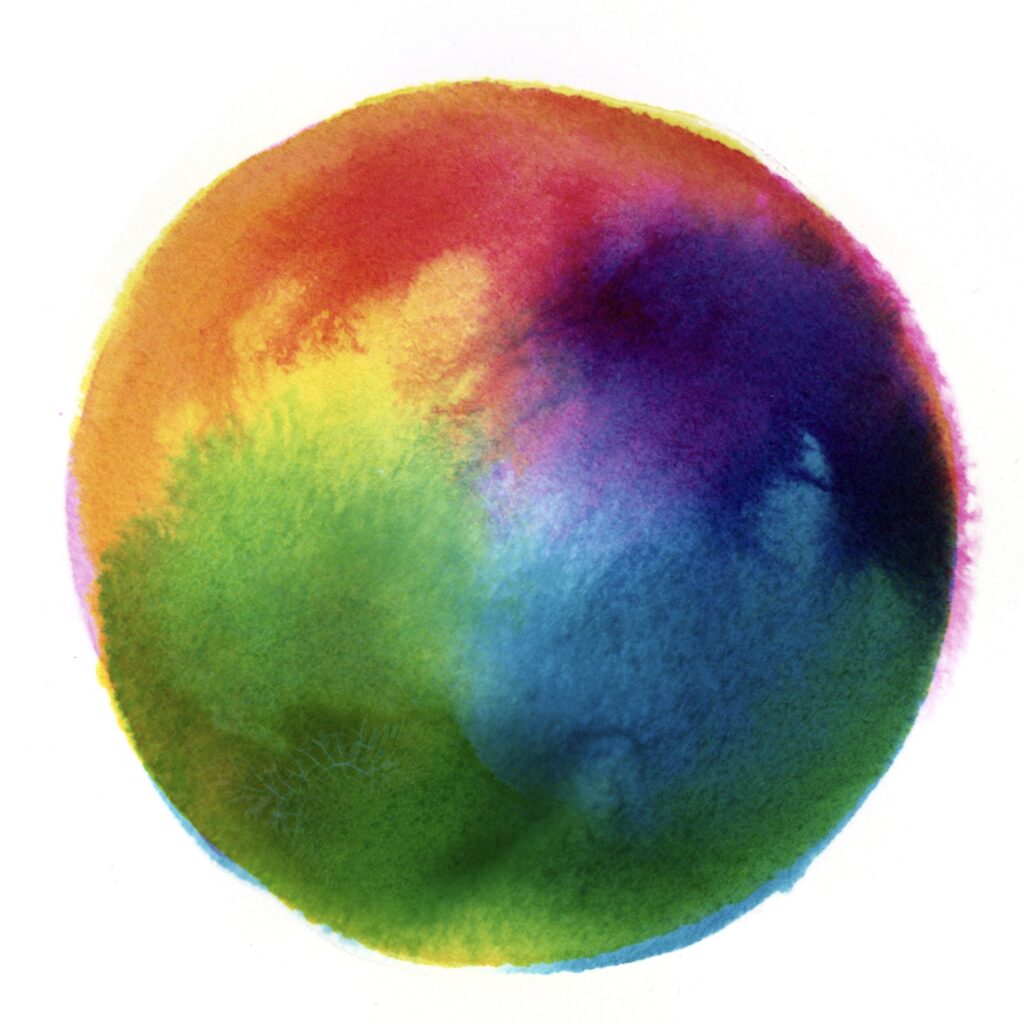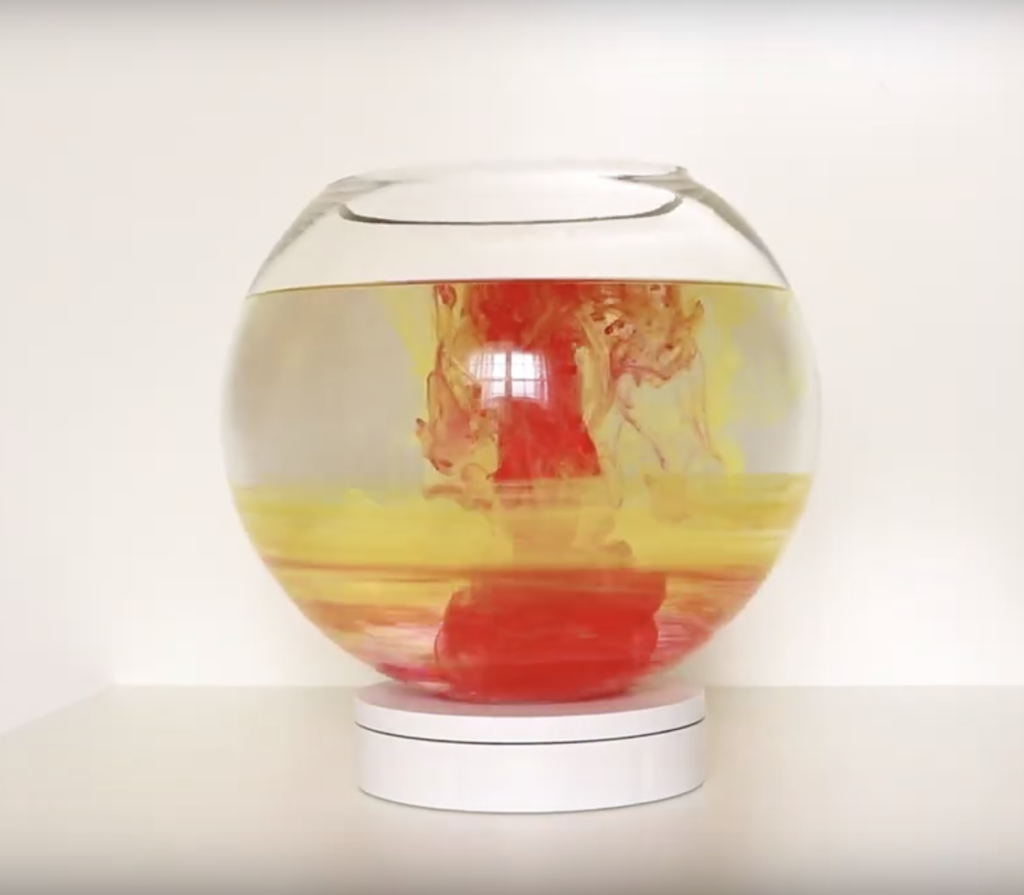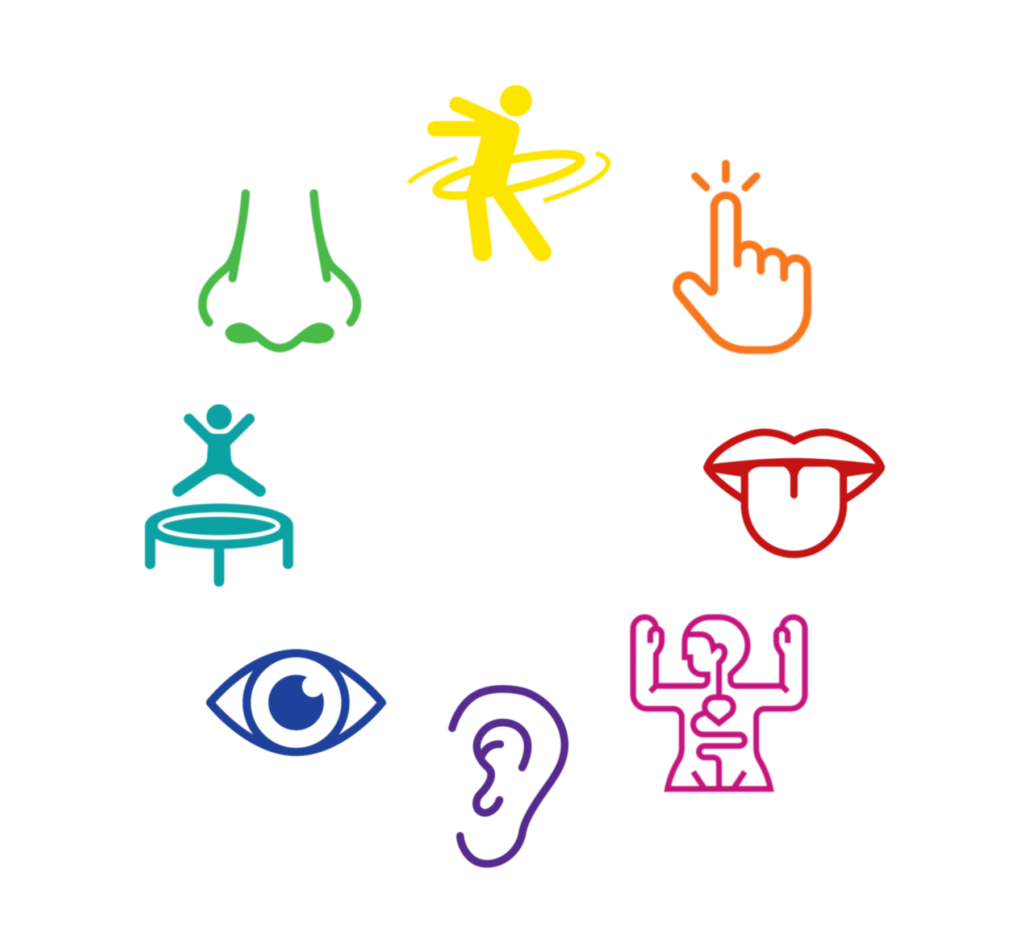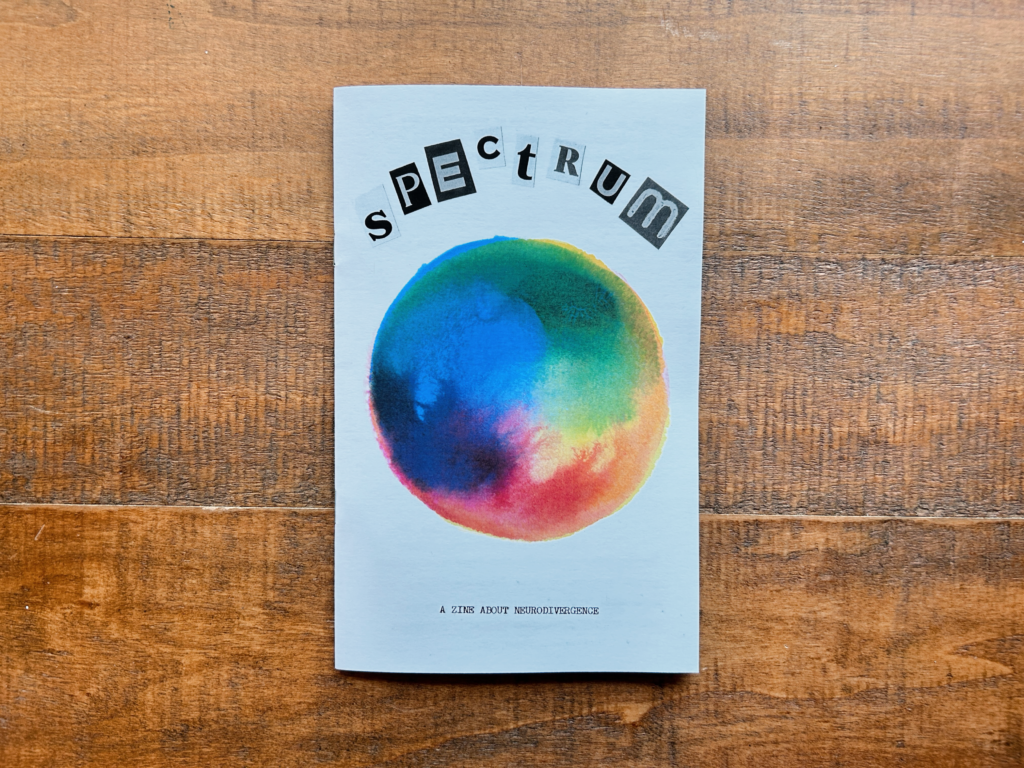Flashback to four years ago…
It was Christmas Day and I was sitting at the kitchen anxiously trying to finish a weaving to submit to an exhibition about motherhood.
Here’s a video showing the weaving process. I made data weavings recording each time I was interrupted by tying a knot.
I barely finished and photographed that work in time for the deadline. Looking back that first weaving (smaller and less textured than the one in this video) wasn’t a strong piece and I’m not surprised it was rejected.
But the rejection stung because I was also told off for being unprofessional by photographing my work on a wall that wasn’t white. I felt like the art world was a secret club I didn’t have the passcode for. *
The next year I submitted another weaving to another show. No snooty response, but it still didn’t connect.
One submission a year clearly wasn’t working for me.
So my 100 Submissions project was born.
This was an energetic shift from holding each submission so closely to casting a wider net.
I managed 11 submissions last year and the strangest thing happened…
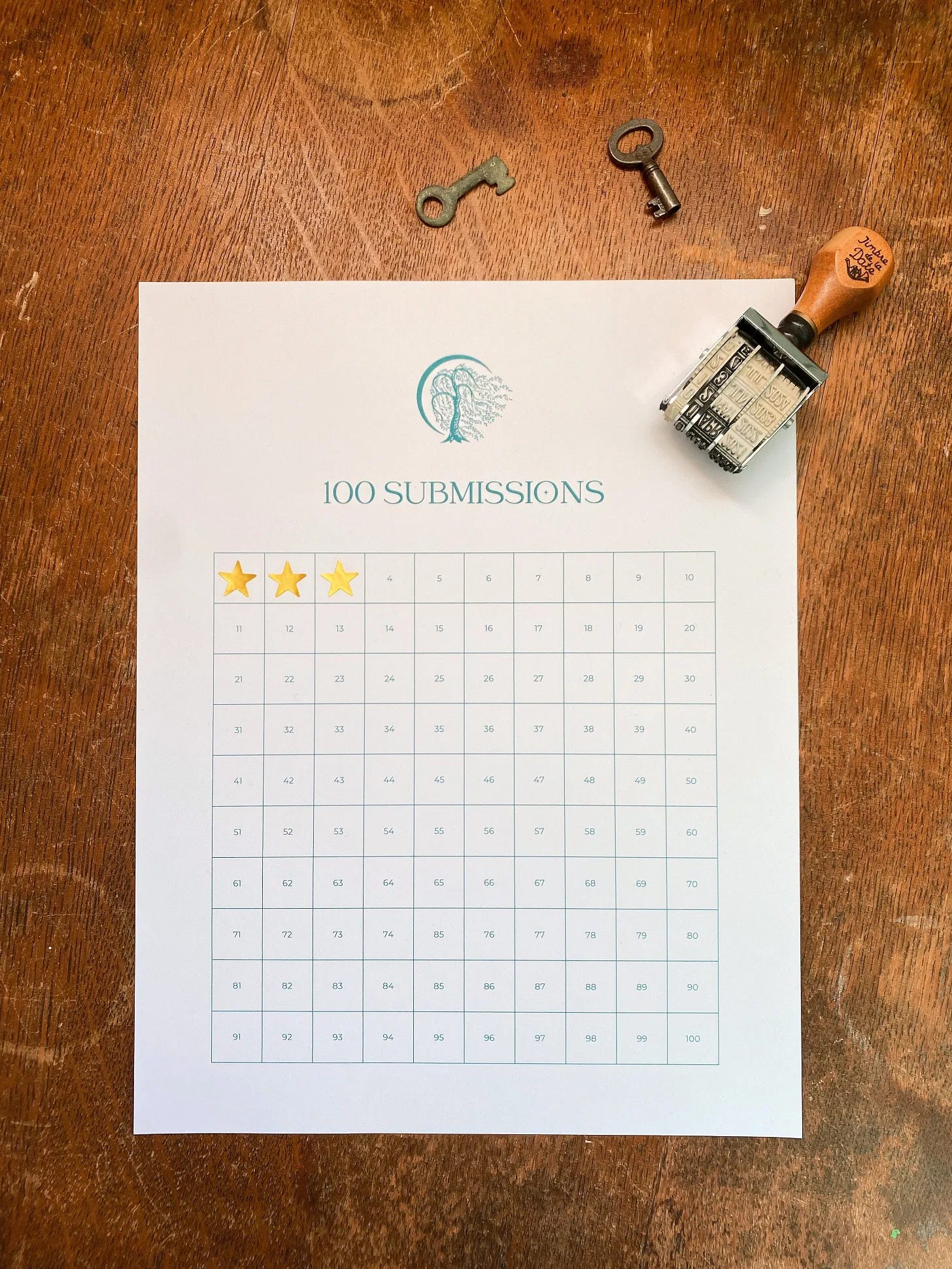
Grab yours here.
Every submission connected.
11 out of 11.
There’s some bit of luck in submitting the right piece at the right time.
But I think the real magic was putting myself out there without worrying if I had a “chance.”
This led to…
– exhibiting my art for the first time
– speaking at my first author event
– my first publication in an academic journal
That’s a lot of firsts!
I’m going to share this process – not to brag – but to encourage you to put your own work out into the world.
I meant to share this process in real time, but I quickly became overwhelmed at the amount of admin work involved (emails, mailing art, etc.) and I couldn’t keep up with writing Substack posts too.
Here goes!
I kept track of everything in Notion. If you have the bandwidth I found this really useful because you can resuse / adapt submission materials instead of starting from scratch each time. This way you can build up some momentum.
Submission #1 – NWA Book Fest
Venue: NW Arkansas Book Festival
Cost to Submit: None
The first acceptance I had was to do a book reading and signing at a local book festival (NWA Book Fest). It was a great learning experience which I wrote about here.
Takeaway: Author events are a massive energetic drain.
What I learned was I simply I don’t have capacity for book festivals at this time. This was a very short appearance and it took me quite a long time to recover. So paying to be a vendor for a full day (or weekend) event would definitely push me past capacity.
Here’s a clip of actual footage of me after the event. †
“Success” isn’t worth it if it pushes you into burnout.
Submission #2 – Carve Out Time for Art
Venue: Instagram
Cost to Submit: $25
I considered this application to be a complete shot in the dark.
I was stunned at the invitation to takeover Carve Out Time for Art on Instagram. This one gave me big imposter syndrome, but was actually a delight. This was one of the first acceptance emails that came in, but the takeover itself didn’t happen until much later in the year.
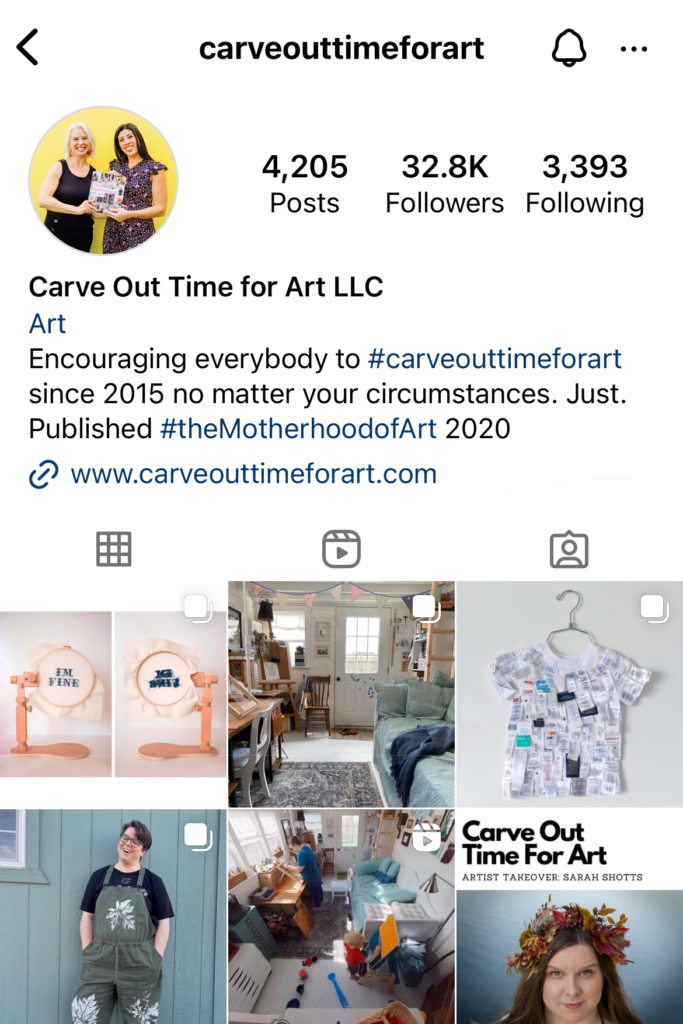
The takeover is pinned to @carveouttimeforart’s highlights if you want to see.
Takeaway: There are more people out there.
Before I did this takeover I pretty much thought “everyone who wants my book already has it so I should stop talking about it.” It’s easy to fall into this trap when growth is slow or nonexistent. Reaching people beyond my normal subscribers brought a breath of fresh air. I made some new friends who followed me here! *waves* And sold a couple copies of my book. Not loads, but it broadened my horizons.
Submission #3 – Stay Home Gallery
Venue: Art Gallery (Paris, TN)
Cost to Submit: $10
Next, my textile piece Maternal Mental Health was accepted to an art exhibition about paradox in caregiving. Here’s a statement from the curator Tara Carpenter Estrada,
“In Together/Alone, the paradox of emotions between “never alone” and “very lonely” felt by caregivers is given the spotlight. The societal devaluing of care-work places the responsibilities of care (and self-care) on individuals. Without structural support, a tension can arise between love and devotion, and resentment or anxiety— the need for alone time, and the need for togetherness.”
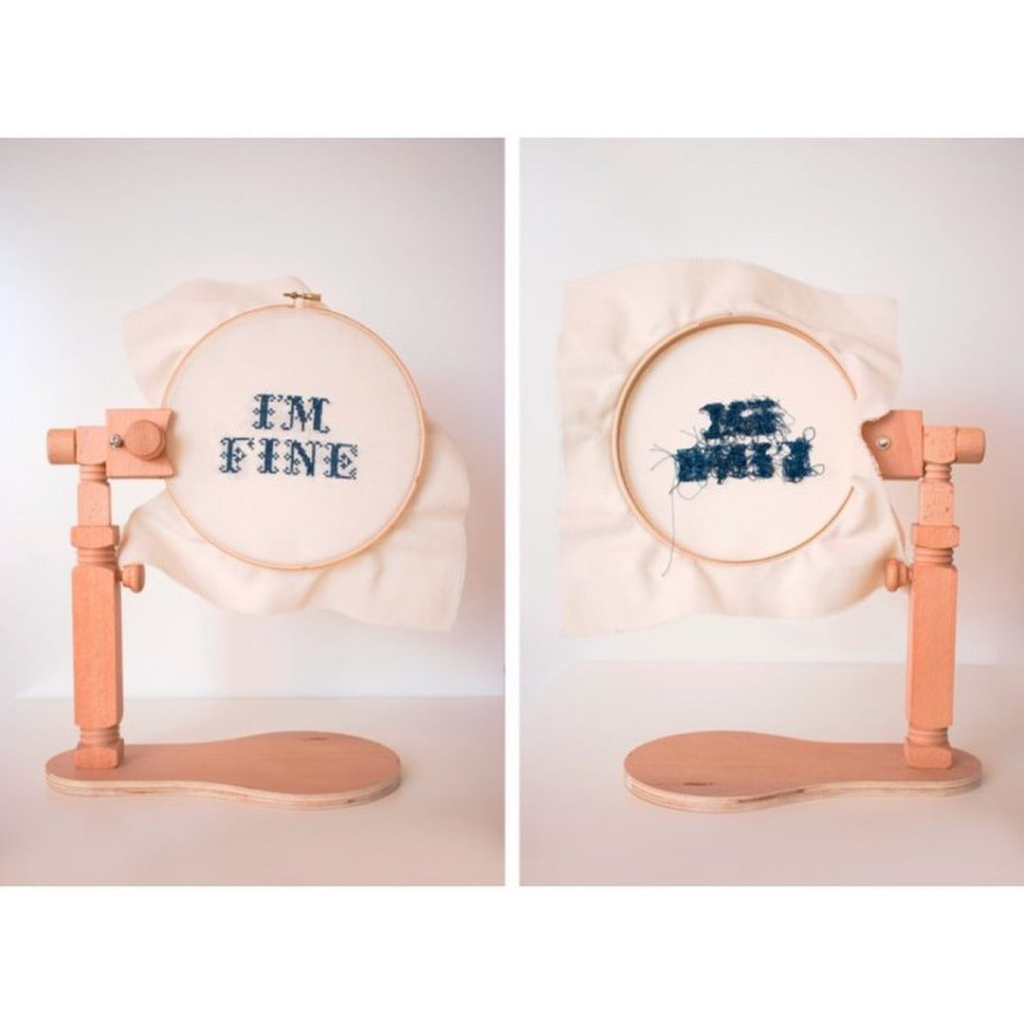
Maternal Mental Health / 2022 / textile / 11” x 15” 17”
Stay Home Gallery is now closed, but you can see the show archived here.
Takeaway: Try to align your expectations with reality.
Because this was my first time exhibiting art outside university I really wanted to travel to the gallery opening. The whole situation was confusing because it was a hybrid show. On one hand it was a physical exhibition at an artist retreat – so I had to mail my work. But the main exhibition was on the Stay Home Gallery website. The physical location was not open to the public and was only seen by the artist residents. So there was no opportunity to visit and see the work in person. I was a bit heartbroken, to be honest, because my expectations weren’t aligned with reality. But it was my first tiny baby step into the fine art world.
Submission #4 – Ought
Venue: Ought: The Journal of Autistic Culture (Grand State University, MI)
Cost to Submit: FREE
The next thing I knew I was being published in an academic journal. My piece, The Benefits of Asynchronous Friendship, exploring my collaborative project with
Claire Venus was accepted to Ought: Volume 4, Issue 2 (2023) The Internet.
I wrote a short introduction to the article here.
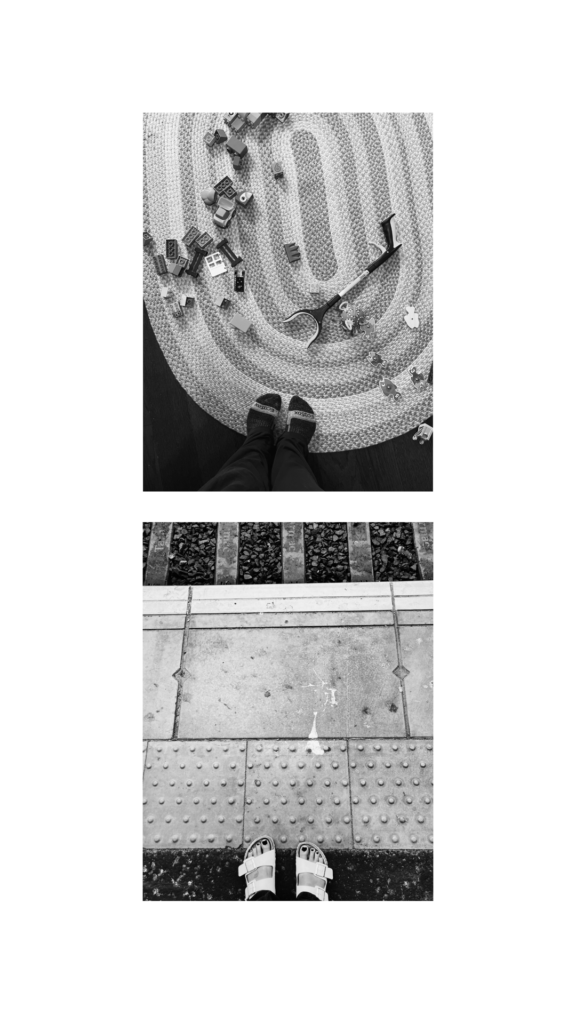
I have a lot to say about this one that should probably live behind a paywall, but I found this process very challenging. I’m an academic – my day job is teaching university theatre courses – but I’m a theatre instructor. (Not an autism researcher.) And I’ve never written for an academic journal before.
Takeaway: Academic writing = time consuming revision.
The challenge came from writing a piece that was “too academic” to be creative and “too creative” to be academic. The editor didn’t quite know what to do with me. They literally said, “it is neither beast nor fowl.” 😂
In the end, we decided to treat it as a creative piece, meaning I had to strip out the research I’d done and root the writing in my lived experience. It was a stronger piece afterward, but the timing couldn’t have been worse. Trying to edit this piece whilst also running a crowdfunder almost killed me.
If I submit in the future it will be a visual artwork which wouldn’t require revision.
Submission #5 – Cut, Torn & Mended
Venue: Spilt Milk Gallery (Edinburgh, Scotland)
Cost to Submit: Free to Members
Cut, Torn & Mended was an open call for members of Spilt Milk Gallery including a virtual exhibition and printed zine. I submitted my bricolage, The Mental Load, which I created as a self regulation process after publishing my first book.
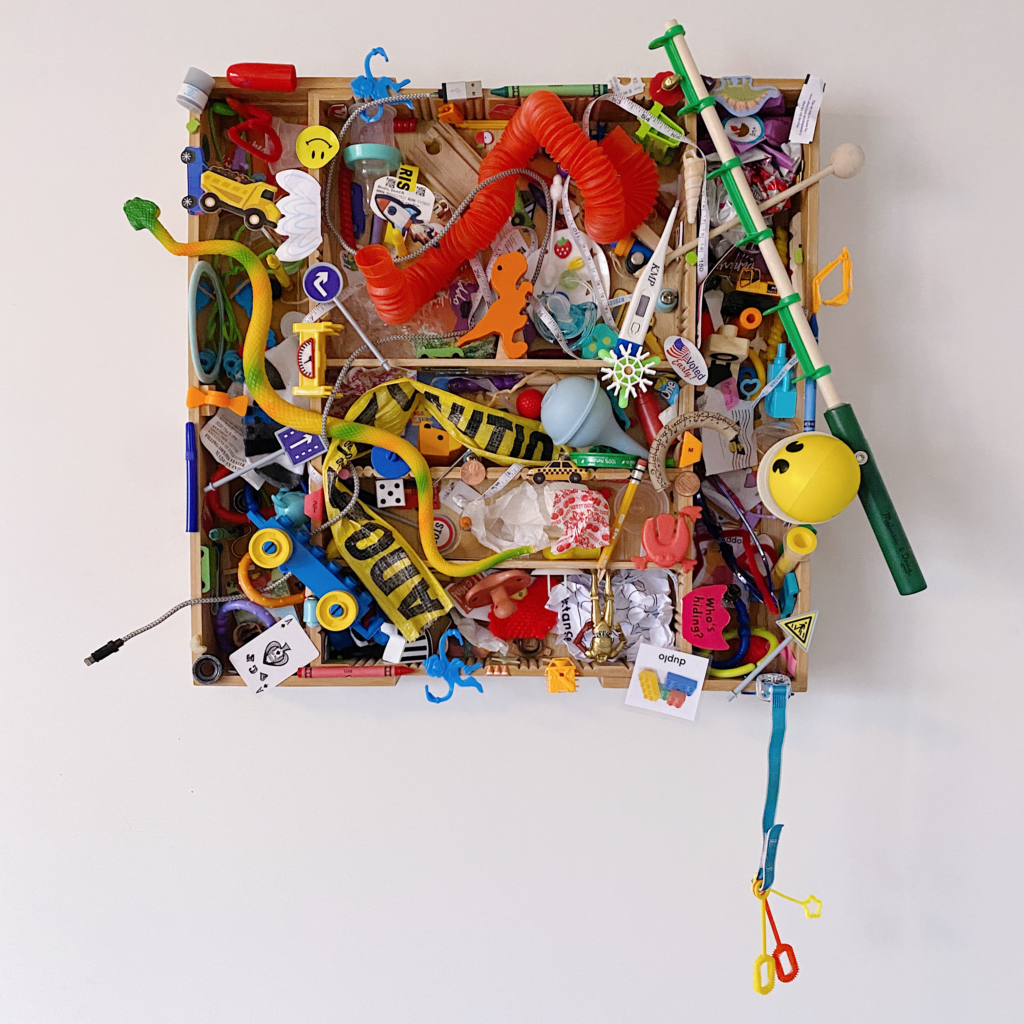
The Mental Load / 2023 / broken toys, detritus of motherhood / 28” x 25” x 8”
Takeaway: Virtual exhibitions are perfect for large or heavy works that are hard to mail.
There’s no way I could afford to ship this piece due to it’s size and fragility so a virtual exhibit & zine was a perfect fit.
View the virtual exhibition or purchase a copy of the Cut, Torn & Mended zine here.
Submission #6 – Anthropology of Motherhood
Venue: Three Rivers Art Festival (Pittsburgh, PA)
Cost to Submit: FREE
Anthropology of Motherhood Culture of Care was curated by Amy Bowman-McElhone, PhD and has traveled from Pittsburgh Three Rivers Art Festival to Dyer Art Center at National Institute for the Deaf.
This is also the only exhibition I participated in that had funding to pay the artists.
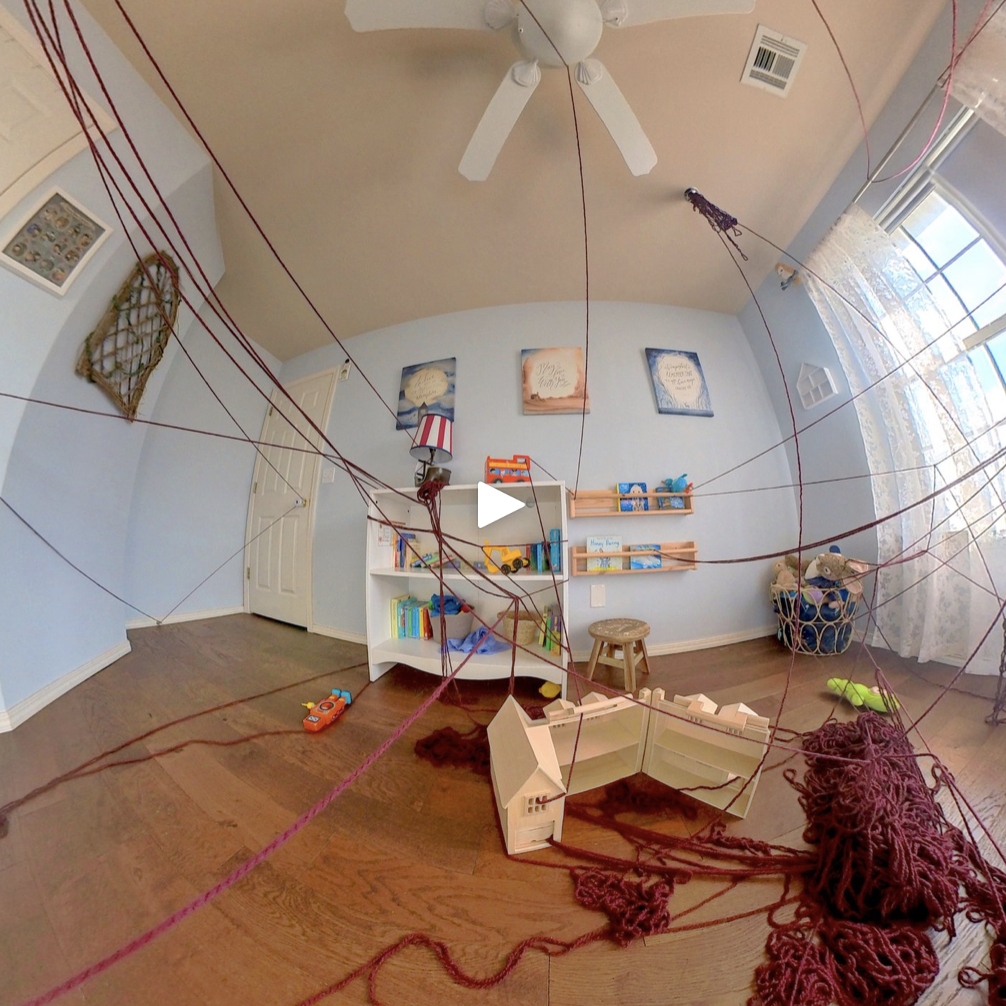
Experience this work in 360 with the YouTube app.
The work that was originally submitted was my 360 VR piece From Where I Stand. Once we started talking about the logistics of the VR headset the curators asked to show My Brain on Motherhood instead. It felt like a double acceptance because they considered both works worthy of exhibition.
I also learned that this work was not the physical object itself, but the video. This makes sense in retrospect, but wasn’t obvious to me until they asked to exhibit the video. I changed the details in my portfolio to list this as a video piece.
Takeaway: Video works are low cost. They don’t require framing or postage and are always “ready to hang” if a screen is available.
I have a few other video WIPs I need to finish up and get into my portfolio. I’m also keeping an old iPad to display works as needed.
Submission #7 – WoT Idol
Venue: The Dusty Wheel, YouTube
Cost to Submit: FREE
This one was just for fun.
Every submission was aired, but for me this submission was about putting myself out there and doing something for myself outside of my “professional” portfolio.
If you’re new around here I’m passionately dedicated to the Wheel of Time and have recently reconnected to the community. Last April I submitted a WoT Idol parody video turning Wheel of Time characters into Sesame Street style puppets. I wrote about the experience here:

Submission #8 – Spilt Milk Member Exhibition
Venue: Spilt Milk Gallery (Edinburgh, Scotland)
Cost to Submit: Free to Members
Do you hear us… are you listening? was “curated through an open submission to members, without a defined theme, nor a selection process. All members were invited to have their work included. The process of removing the selection committee allowed for a more democratic way of exhibiting our artists’ works, free of judgement or censoring and for all voices to be heard with equal importance.”
For this exhibition, members were invited to submit two works, and I submitted Meltdown and Meltdown Prevention. It felt like a nice opportunity to exhibit these works together and both were included.
If you’d like to see this exhibition it is archived here.
Takeaway: Exhibitions and open calls can come in many forms.
The way Spilt Milk Gallery includes both curated and member exhibitions is a big inspiration in how I’ve decided to structureNeurokind.
Submission #9 – Euphoria Quilt Project
Venue: Instagram
Cost to Submit: FREE
When I saw this project by
Euphoria Quilt Project I knew I wanted to submit a block, but I didn’t know if I had time to make one. Eventually I realized I could utilize the crazy quilting skills I’d developed while making my gleeman’s cloak and I made a quilt square from textured scraps.
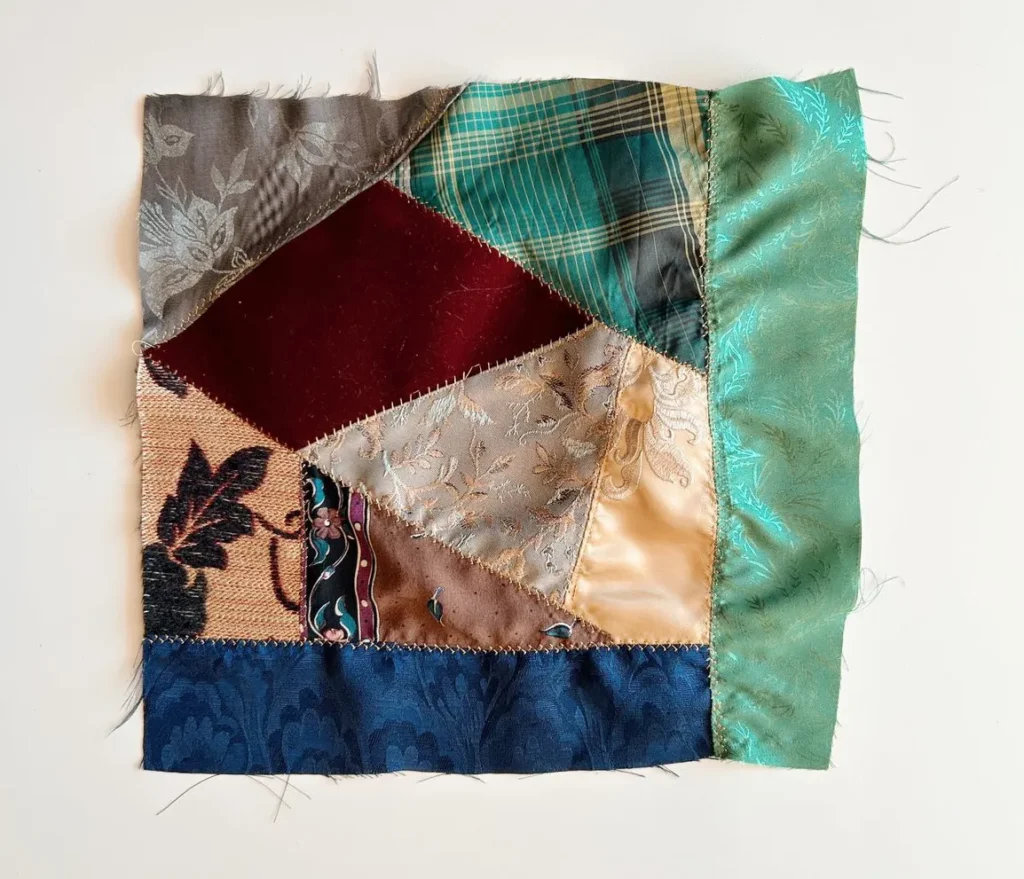
This piece will be included in a quilt representing gender expansive joy organized by Eliot Anderberg. You can see some of the squares that have been submitted over on Instagram.
I wrote the following about my square, “Embracing into my neuroqueer and nonbinary gender identity means leaning into the fact that I may appear eccentric. I explored that in this project by using the “wrong” side of several fabrics and improvising a “crazy quilted” design. Gender expression is also tied up in sensory experience for me so I also included some soft stimmy textures.”
If you’re new here and didn’t know I was nonbinary maybe give this a read…
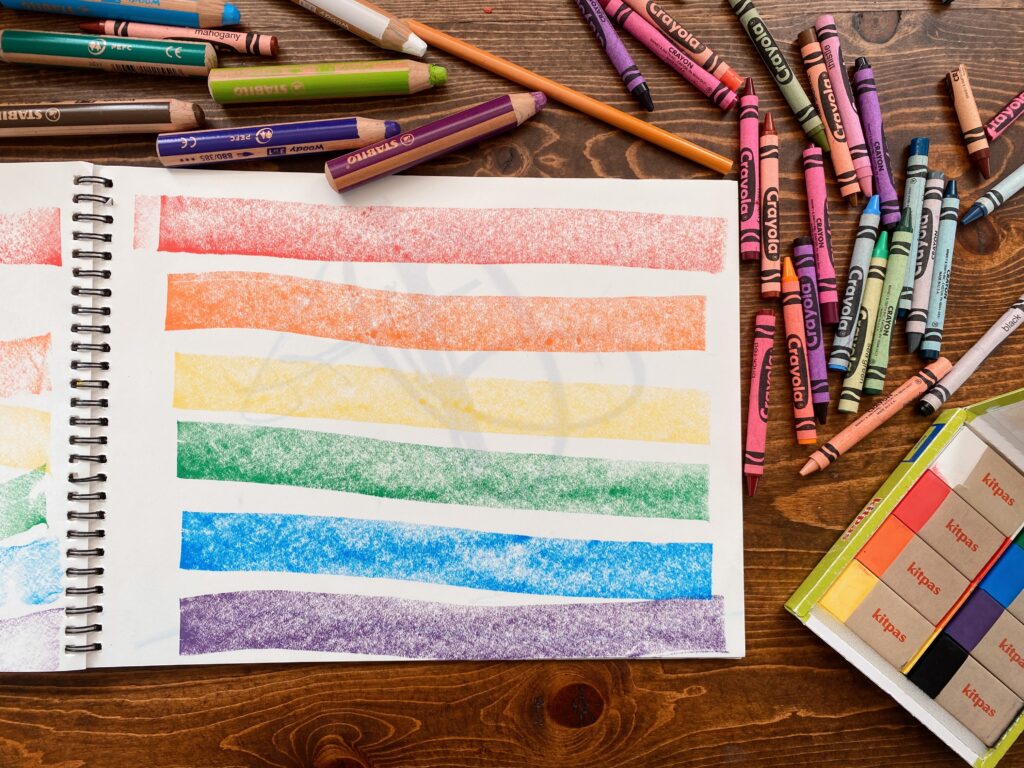
Submission #10 – HNDL Magazine
Venue: Instagram
Cost to Submit: FREE
HNDL stands for Highlighted Neurodivergent & Disabled Life and is a “magazine featuring the work of creatives who identify as neurodivergent, disabled &/or chronically ill”. Give them a follow over on Instagram.
My piece Domestic Archaeology was included in HNDL Issue 2 (Fall 2023).
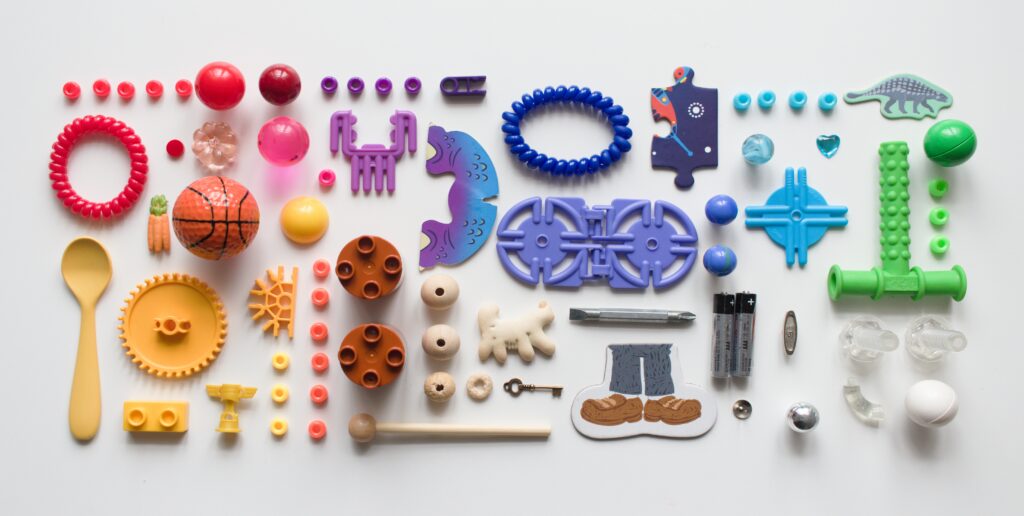
Domestic Archaeology / 2023 / lost items
This was a piece I created with things we found under the couch. I wrote a bit about the process here.
Takeaway: Virtual publications are a very accessible way to share work without printing and framing.
I’m also noticing how this magazine has flexible deadlines which inspired the rolling deadline I implemented over at Neurokind.
Submission #11 – Queer Anxiety
Venue: All Street Gallery (New York City, NY)
Cost to Submit: FREE
After such a wild run of acceptance I was sure that this one was going to be my first rejection of the year. You’ll notice this is the second work I submitted to a queer space. I’m a baby queer – only openly identifying as nonbinary, ace, and neuroqueer as of last year. So I felt some imposter syndrome stepping into these communitites, but I’ve been embraced into these spaces with open arms.
There’s something about exhibiting in NYC that feels like a right of passage. Even when I was packing up my work to mail it didn’t feel real. Luckily I had some friends who visited the exhibit on my behalf and documented that it was. (Thanks to everyone who sent me photographs and videos. You can see my work in situ here.)
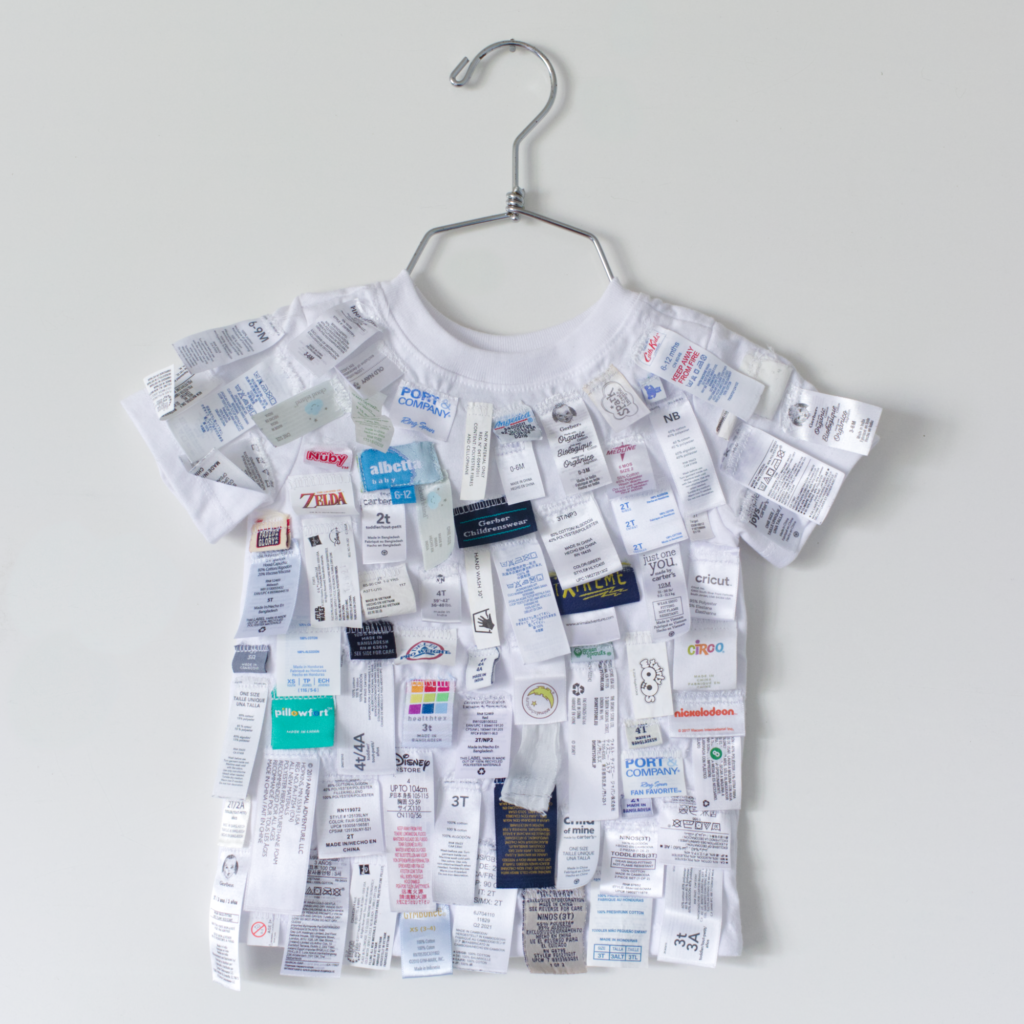
Meltdown / 2023 / shirt & clothing tags / 16” x 20”
QUEER ANXIETIES was curated by Blair Simmons, Eden Chinn, Sarah Hallacher, and Shuang Cai.
“Through sculpture, the 13 exhibiting artists make objects that stand outside of normative interpretations of usefulness and conventionality, thereby expanding our worldview and possibilities for engagement. If queerness is an act of making things strange (or challenging norms), strangeness identifies potential points of rupture within social conditioning.”
Takeaway: Submit the maximum amount of works possible (if you can.)
I actually created a new piece specifically for this call, but when I saw that there was the opportunity to submit 3 works I also included Meltdown and Unravel. It’s always nice to give the curator choices.
Some people have asked how I know about opens calls.
The truth is by serendipity.
Over the years I’ve connected with a variety of artists with similar overlapping interests. Many of them generously share opportunities (often on Instagram stories) which spark my interest.
Huge shoutout to these lovelies who often share art exhibitions and residencies:
Jocelyn Mathewes, Lauren Frances Evans, Catherine Reinhart, and Ashley Jane Lewis.
And Tamzen Bryant who shared the local book festival.
I’ve also really loved being a member of Spilt Milk Gallery who hosted 2 of these exhibits.
I hope I’ve demystified the process and inspired you to submit your work.
I wish you the best in making work and putting it out into the world. The next one I’m working on is a piece about roots for Motherlore Magazine. And if you’re neurodivergent I’d love to see your work submitted to Neurokind.
It’s not scary. We’re all people making things happen.
Cheers,
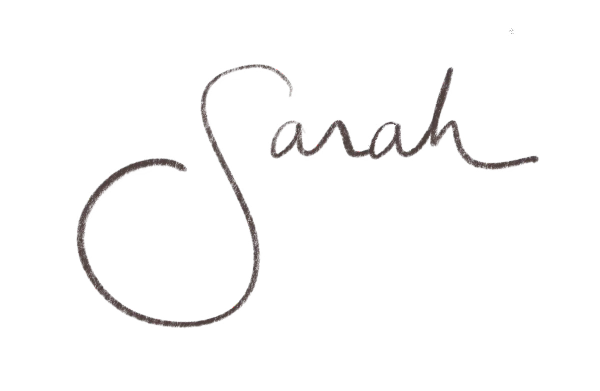
P.S. I’m rubbish at marketing, and this has been on my “to do” list for over a year. But I finally made a new footer to remind people I wrote a book / have courses / love comments. 🥰

I’m a Renaissance Soul so I always have lots of irons in the fire. Here are just a few of the ways that we can connect. (Psst… comments and shares are my favorite. And they’re free!)
- Leave a comment!
- Share this post.
- Sign up for Self Publishing 101.
- Subscribe or submit work to Neurokind.
- Read my book Discover Your Creative Ecosystem (Curious what I mean by creative ecosystem? Start here.)
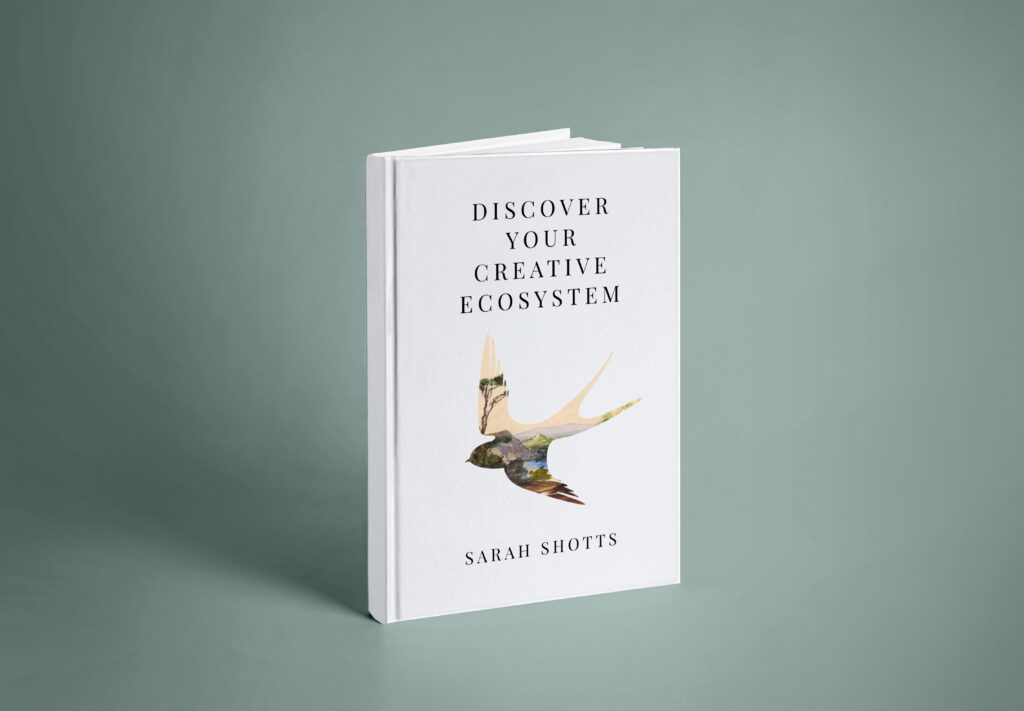
Footnotes
* We don’t have white walls in our house so I purchased a large sheet of white hardboard from the hardware store. There is a small hole drilled that lines up with a nail in Davy’s nursery where I often hang works to photograph them. I also have a smaller board I can set up on an easel and photograph in the backyard. Light is almost always the problem so I tend to use a tripod for portfolio photos even though I hate them. I also have a small white IKEA table I use to photograph 3D works. Here’s a peek at my set up. It’s a relatively inexpensive solution. If your work is small and lightweight you could probably get away with a piece of foamcore and a pin stuck in, but my larger works have needed a nail to hang from.
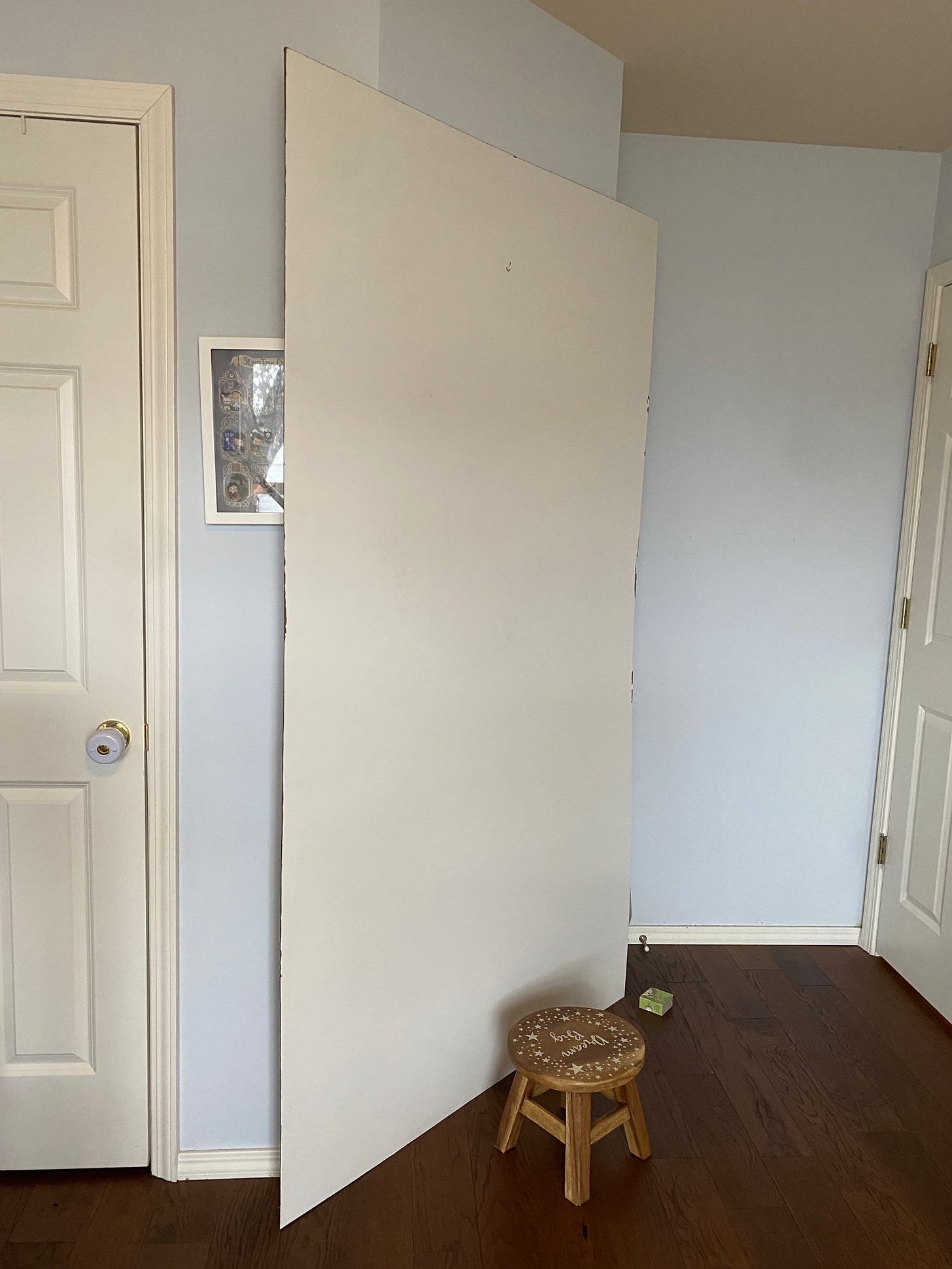
† (That’s Odo from Star Trek Deep Space Nine.) It took a lot out of me.
